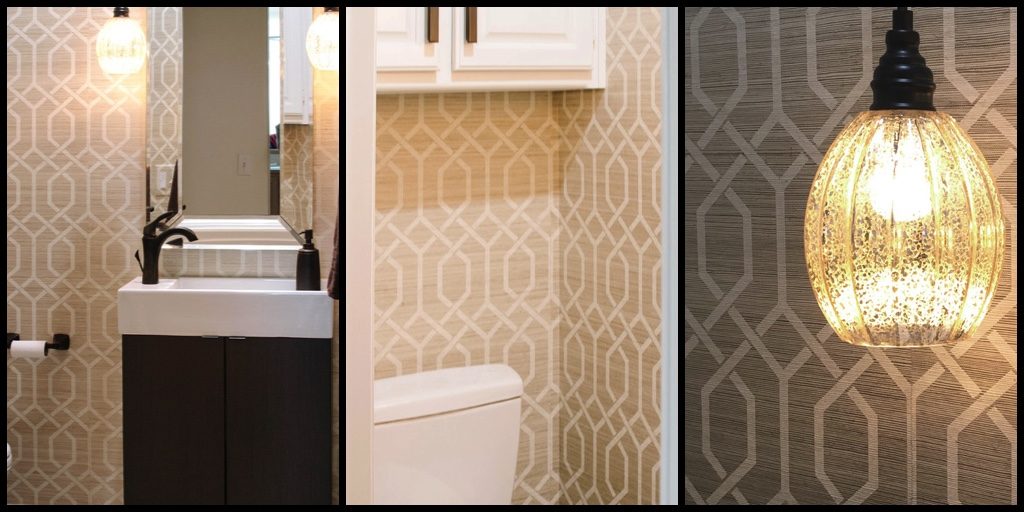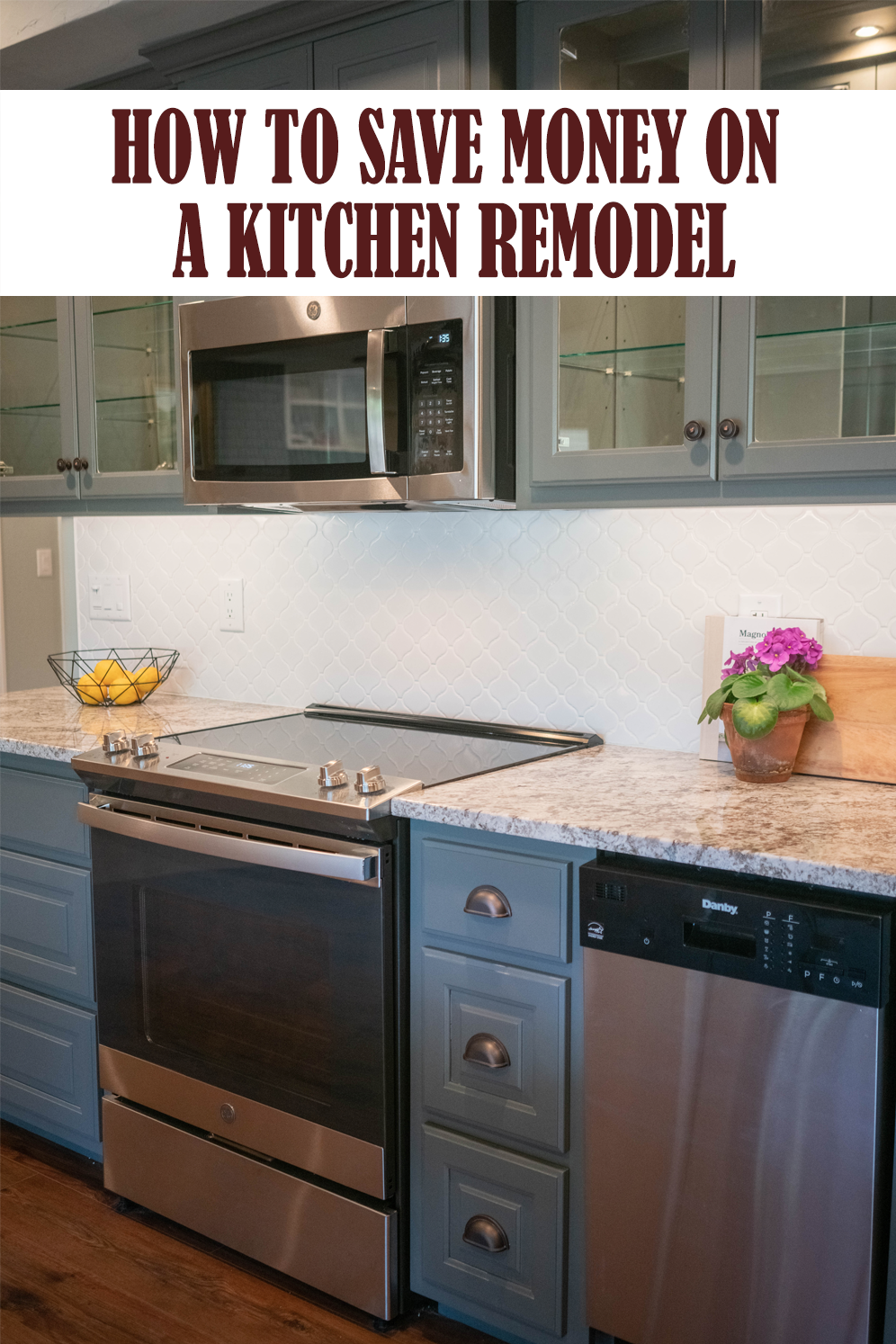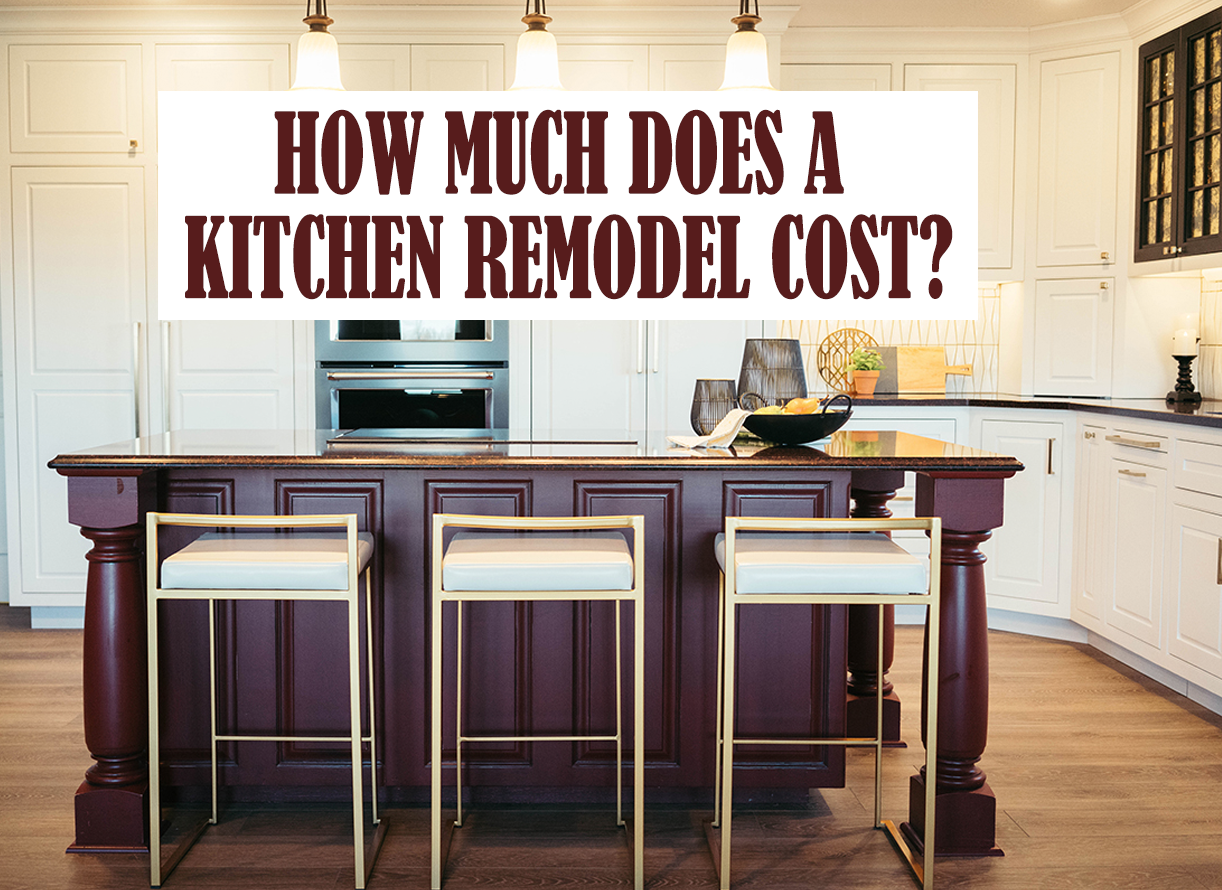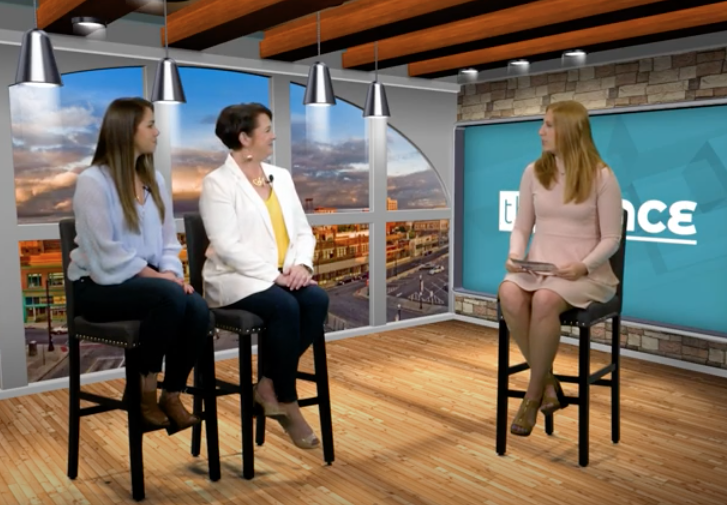A kitchen remodel is often one of the most expensive interior remodeling projects, especially if…
No, You Can’t Have Your “Big Reveal!” – Reality vs Reality TV
You probably know the producers of most programs take a few liberties with the truth. I can tell you that, as a designer, the same is true of most home-decorating shows on television. Whether it’s HGTV or another network, reality TV shows ignore as much reality as they show.
Whether it’s a lawsuit filed by a couple that appeared on HGTV’s Love It or List It, or questions about the furniture that appears in newly renovated homes on HGTV’s Fixer Upper, there’s a lot less reality in some shows than you might think.
Pretty much every home design show has one thing in common: the BIG REVEAL(!!!!). The happy couple, having left their home just a half-hour earlier, walks back through the doors to find an amazing transformation. Amazing light fixtures! Amazing furniture! Amazing accessories! Did I mention how amazing this big reveal is?
Well, I have news for you. If you renovate or re-decorate your own home, chances are you aren’t going to get that big reveal. For example, the living room pictured above was a wonderful project, but there would be no way to coordinate everything — the lighting, the artwork, the window treatments, etc. — in a few short days.
It’s just a matter of logistics. You have three things working against you if you’re looking for the TV experience in real life: the process; the calendar; and the budget.
The Process
If all you know about home design is what you see on TV, you may think it’s a very hands-off process. You sit down with a designer for 10 minutes, give them a list of general preferences, then let the designer go to work.
The truth is, you could do that, but you might not be very happy with the results. No matter how good your designer, communication is the key. A quick conversation about paint colors and flooring preferences isn’t going to cut it. A good designer will stay in communication with you throughout the process.
“What do you think of these three similar flooring options?”
“How does this lamp match your expectations?”
“Sure, we can add a fireplace. It’s a great fit but will take us over budget. Perhaps we can make an adjustment elsewhere. What do you think?”
New questions always come up during the design process. Designers need answers from you, and that means the “big reveal” is going to be a lot less dramatic than you see on TV.
The Calendar
Have you ever tried to schedule a lunch date with 3 of your closest friends? Remember how hard it was to coordinate schedules?
Now imagine your closest friends are strangers, that they have to coordinate their schedules with an entire staff of employees, and that they have to place their food orders 3 weeks in advance. That’s the logistical nightmare of trying to schedule sub-contractors for a big renovation job.
On television, you don’t see the weeks-long process of scheduling a floorer, an electrician, a plumber, a cabinet-maker, and a painter. It looks like they show up one right after the other, in perfect succession, with no delay. Or maybe they’re all there at the same time working in the same space.

In reality, that just doesn’t happen. Even if it’s a small powder room renovation like the one pictured here, you’ve got plumbing, lighting, and all the other changes; it’s going to take a few days. (See the full project.) It’s difficult to schedule people from different trades back-to-back. Unless you have the money and the desire to pack up your belongings and move into a hotel for a while, chances are you’re going to be seeing a very gradual process that starts with demolition (if necessary) and slowly culminates in your new space. It’s not a “big reveal.” It’s more like 100 “little reveals.” But if you know what to expect, that can be a pretty cool thing in its own right.
The Budget
Money is the third area where you’re in for a surprise if you rely on TV for your reality. There are lots of reasons you can’t use television shows to help set your budget, but one big one is geography.
The fact is, things are just priced differently in different parts of the country. According to HOUZZ, the average cost of a kitchen re-model in Kansas City is about $23,000. In Chicago, it’s $29,000. In San Diego, it’s $35,000! And in my hometown of Springfield, it’s only about $19,000. If you’re sitting in San Diego watching a renovation in Kansas City, it’s pretty easy to get your budget expectations out of whack. Always keep those regional differences in mind when you’re thinking about renovations. (HOUZZ has a handy tool to help you make those calculations for your own city.)
But aside from regional differences, there are other problems with what you see on television. On a lot of shows, the price of products — from light fixtures to furniture — is left out of the overall cost of the project. That’s because the manufacturers are receiving advertising for appearing on the show, so they offer their products in exchange for the exposure. The same goes for labor and contracting fees. Companies may do work for free in exchange for being on television. That’s money you’ll have to sink into a project if you’re paying for it yourself.
On Fixer Upper, the “Big Reveal” you love so much includes new furniture and accessories and appliances. You might look at the overall cost of the project and think it’s a pretty good deal. But consider that very little, if any of the beautiful furniture on display at the end actually stays in the home. The house is staged for those final shots, then it’s hauled off again, leaving the house empty. If you want to compare the TV budget to your budget, you’ll have to take that into consideration.
Having said all that, TV design shows can still be a great source of inspiration. You can get ideas, you can maybe learn a little bit about the process, and you can become motivated to finally make those improvements you’ve been thinking about. But keep in mind — the process is often slow and painstaking, the schedule will probably be stretched out, and the cost can mount quickly if you’re not keeping an eye on your budget. Having a designer to lead you through those steps can help get you through all three of those hurdles.



